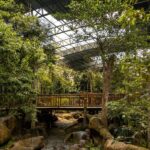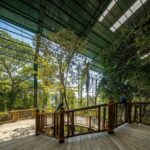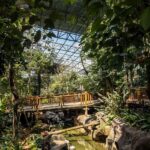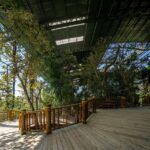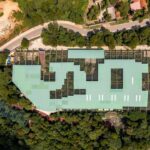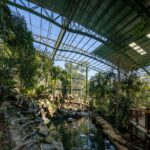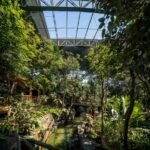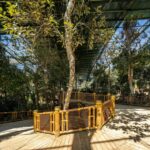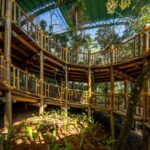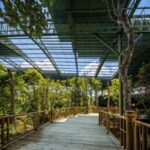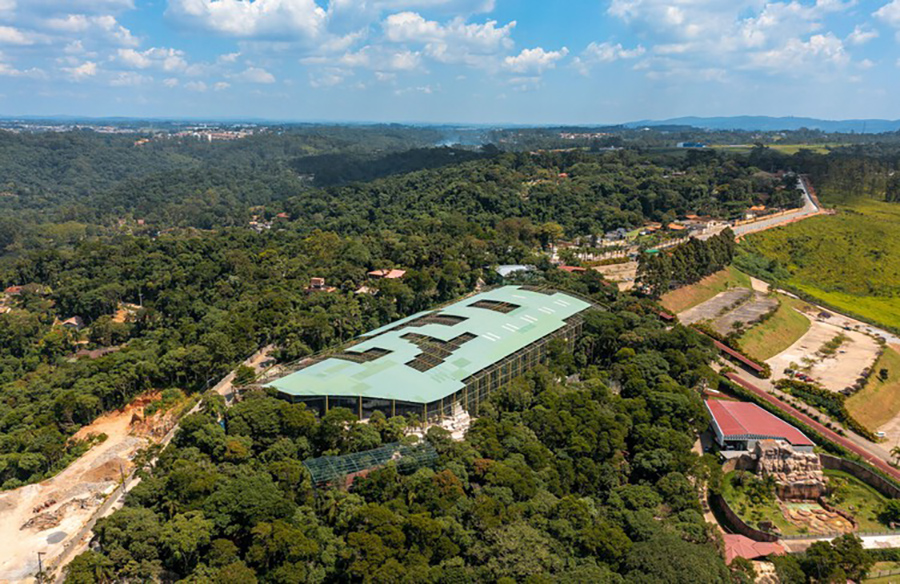
Situated within the expansive Animália Park in Cotia, Brazil, the Vivarium, designed by AM2 Arquitetura, redefines the traditional concept of a bio-park by prioritizing the well-being of animals and fostering a deeper connection between visitors and wildlife.
Integrating Nature for Animal Welfare
At the core of the Vivarium project lies the philosophy of using architecture to enhance the quality of life for animals. By creating immersive environments that closely mimic their natural habitats, the Vivarium not only educates visitors but also ensures the comfort and happiness of its inhabitants. The project’s emphasis on environmental enrichment includes the incorporation of natural substrates, native vegetation, water features, and scenic waterfalls, all designed to replicate a diverse ecosystem.
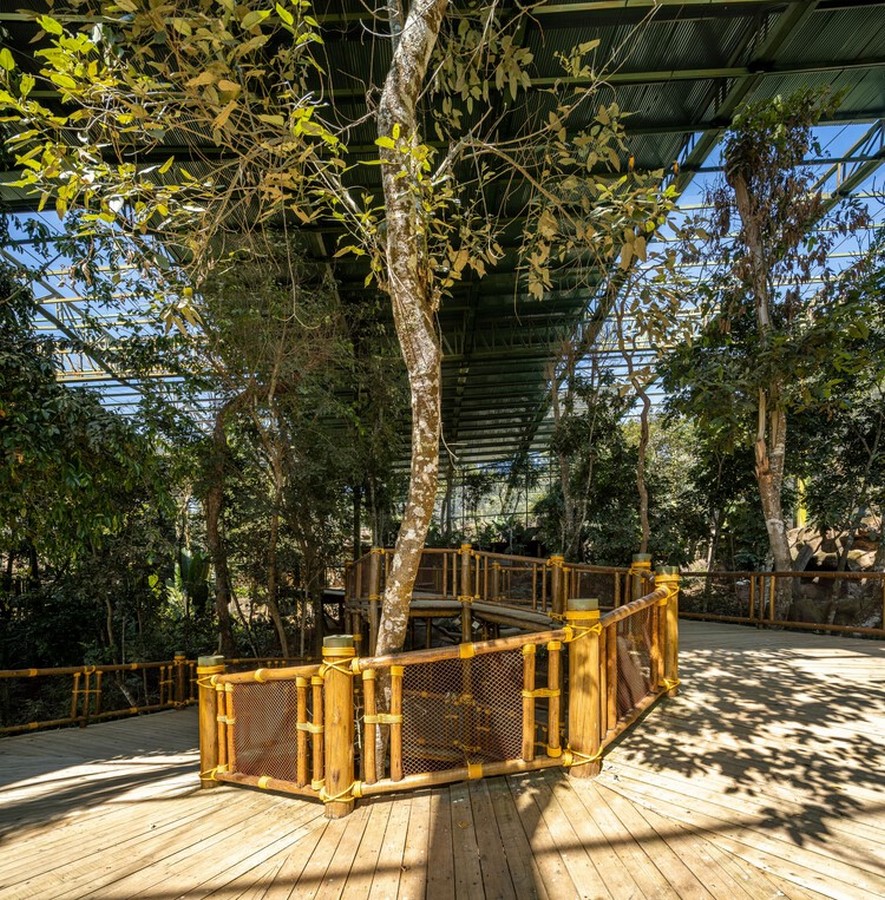
The Immersion Enclosure Concept
Central to the Vivarium’s design is the concept of the “Immersion Enclosure,” where visitors can directly interact with animals in a space that closely resembles their original habitat. Carefully crafted barriers ensure the safety and comfort of both animals and visitors, allowing for a seamless experience of observation and engagement. The project team has meticulously curated every aspect of the enclosure to promote the well-being of its inhabitants, from providing ample natural light and ventilation to integrating sensory experiences for visitors.
Promoting Visitor Engagement
A linear pathway winds through the Vivarium, serving as both a walkway and a focal point for sensory experiences. Resting points along the path offer visitors opportunities to pause and immerse themselves in the surrounding environment. Suspended walkways provide elevated views of the habitat, while carefully designed roofing structures allow natural light to filter through. The incorporation of subtle mesh barriers enables birds to roam freely within the observation areas, further enhancing the immersive experience.
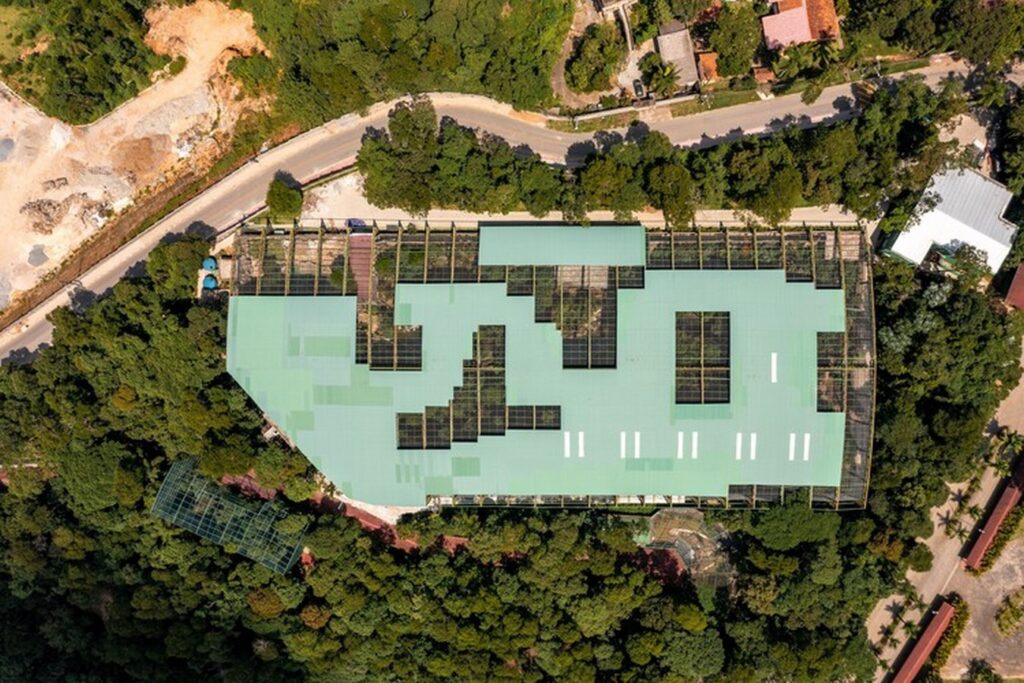
Sustainable Design and Collaboration
Spanning an area of 10,000 square meters within a 35-acre plot, the Vivarium is a testament to sustainable design and meticulous planning. Architect Alessandro Malara emphasizes the project’s attention to detail and the collaborative efforts of professionals and technicians involved. By prioritizing the preservation of the original topography and integrating green design principles, the Vivarium stands as a model for sustainable architecture within the context of bio-parks.


